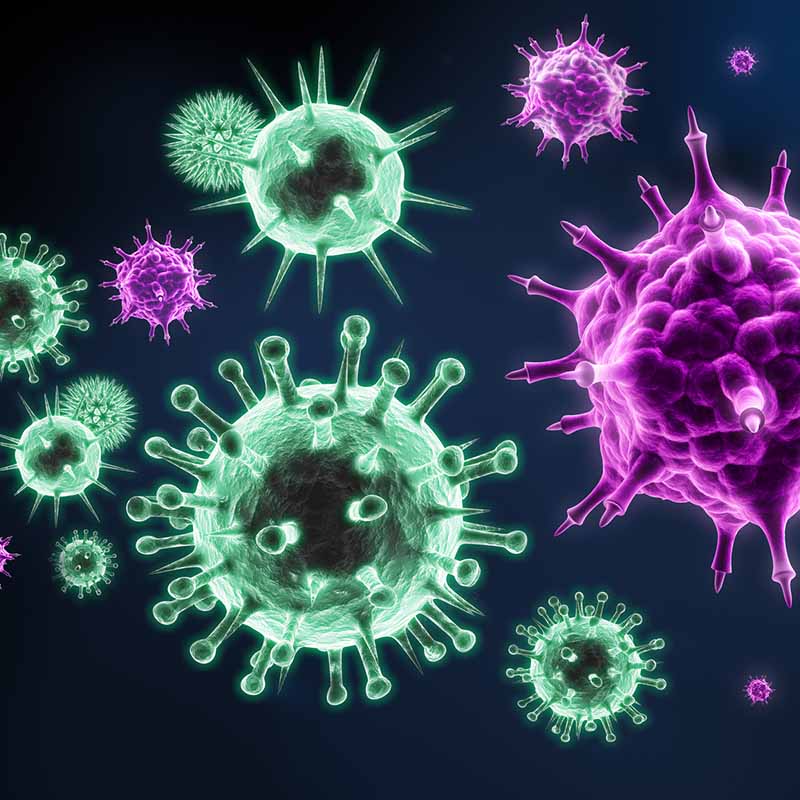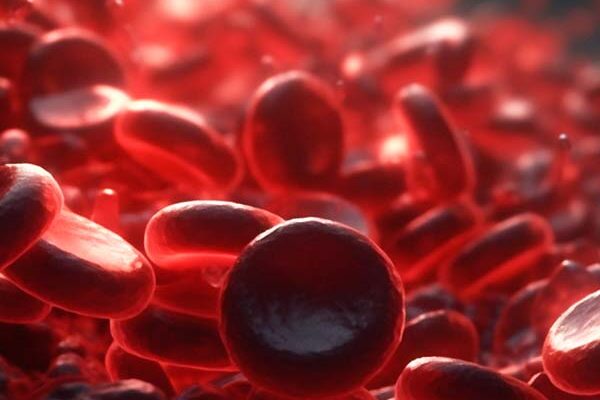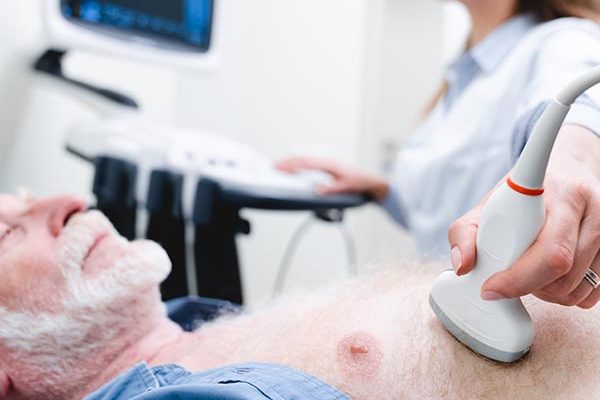A simple, whole blood 2-gene expression signature that distinguishes bacterial infection from both viral infection and childhood inflammatory diseases.
Proposed use
A whole-blood gene expression signature that distinguishes bacterial infection from viral infection and other common causes of fever in children, which can form the basis of a diagnostic test.
Problem addressed
Numerous attempts have been made to improve the identification of bacterial infection, but the distinction between bacterial and viral infection remains problematic. The vast majority of febrile children have self-resolving viral infections and only a small proportion of them develop life-threatening bacterial infections. Current clinical practice is to admit ill-appearing febrile children to the hospital and to administer parenteral antibiotics while awaiting results from bacterial cultures. As only a minority of febrile children are ultimately proven to have bacterial infection, many undergo unnecessary invasive investigation and antibiotic treatment. Although microbiological culture of bacteria from normally sterile sites remains the “gold standard” for confirming bacterial infection, these tests may take several days and have a high false negative rate. Both current molecular tests and clinical criteria do not reliably distinguish bacterial from viral infections. There is an urgent need for a quick and reliable method of identifying children with a bacterial infection in order to aid in the decision on whether to administer or withhold antibiotics treatment.
Technology overview
A whole-blood gene expression signature consisting of two genes that distinguishes bacterial infection from viral infection and other common causes of fever in children can be used to form the basis of a diagnostic test. The discovery group of 240 children was used to identify a gene signature distinguishing bacterial and viral infections and the two targets were validated in 130 children. The two-gene transcript signature was found to be sufficient in reliably distinguishing bacterial from viral infection with sensitivity in the validation group of 100% (95% confidence interval [CI], 100 – 100) and specificity of 96.4% (95% CI, 89.3 – 100). The same 2-gene signature can be used to distinguish bacterial infection from the inflammatory diseases, as validated in separate studies. While standard culture test provide correct detection of pathogen in only 30% of paediatric infections, two gene signature assay was proved successful in more than 85% of cases.
Intellectual property information
The invention is covered by PCT/EP2017/067637 patent application. Patent filed in US (US20190226009A1), EP (EP3485039A1), AU (AU2017297781A1) and CA (CA3069481A1) protecting the method of identifying bacterial infections and distinguishing it from viral and inflammatory disease.
Licensing information
Please note that this technology is only available for licence on a non-exclusive basis






